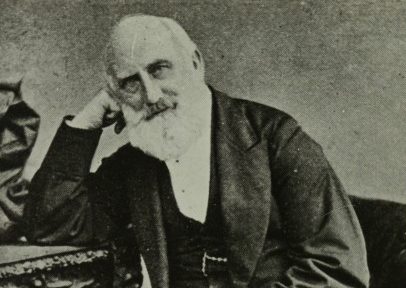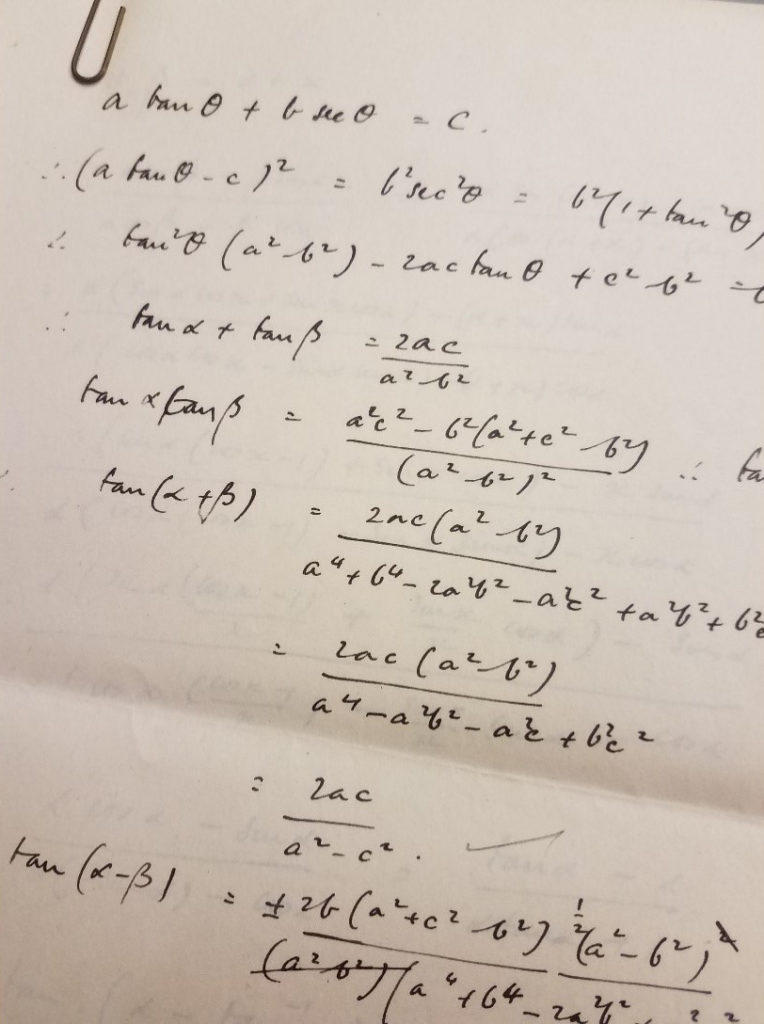We have become used to seeing Grey Herons fishing north of Barnes Pool but recent sightings of a Little Egret suggest that the nature area around Queen’s Schools is providing increasingly attractive habitats for a number of species. Egrets like to fish in twilight and in areas with low vegetation or none at all and their prey are usually 2 – 6cm long. The majority of prey are fish, but amphibians, crustaceans and insects also feature, alongside occasional small reptiles and mammals.
This ‘uncommon but increasing visitor to Berkshire’ has started to breed locally, according to the Berkshire Bird Atlas, starting in 2006. It seems that climate change is responsible for the northwards spread of this species. The first record in Berkshire was in 1991 and, for such a conspicuous bird, it is unlikely to have been overlooked. The species is mostly migratory, but when the climate permits it will overwinter: however, overwintering populations can be severely affected by harsh and extended wintry weather.
During the breeding season, they typically have two or three elongated feathers on their hindcrown, as shown in the photo above. Indeed, they are among a number of species that suffered greatly from the plumage trade towards the end of the nineteenth century. It is thought that Little Egrets would have become extinct were it not for the disruption caused by the First World War. Even now, a principal cause of mortality for this species in Europe is hunting.
When foraging, they characteristically use a ‘wade-or-walk-slowly’ technique: they stop frequently, tilt their head to one side, and deliberately stir up the silt with an extended foot. Fish and frogs are swallowed head first! Another technique that has been observed is called ‘double-wing’ feeding. In this, they carry both wings stretched forward over their head, like a parasol. This shading is thought to improve their view of prey in the water in the same way that a human would shade her eyes on a particularly bright day.
By George Fussey, Curator, Eton College Natural History Museum
Photograph of Egret courtesy of J. M. Garg.
There is a clutch of Little Egret eggs in the Newall Egg Collection in the Museum.
The Eton College Natural History Museum in South Meadow Lane is open to the public every Sunday, from 2.30pm until 5pm. It is Berkshire’s only dedicated Natural History Museum, a family friendly museum with over 17,000 objects and features numerous displays showing the wildlife of the Thames Valley.



